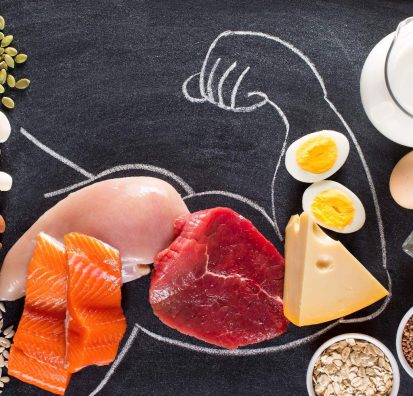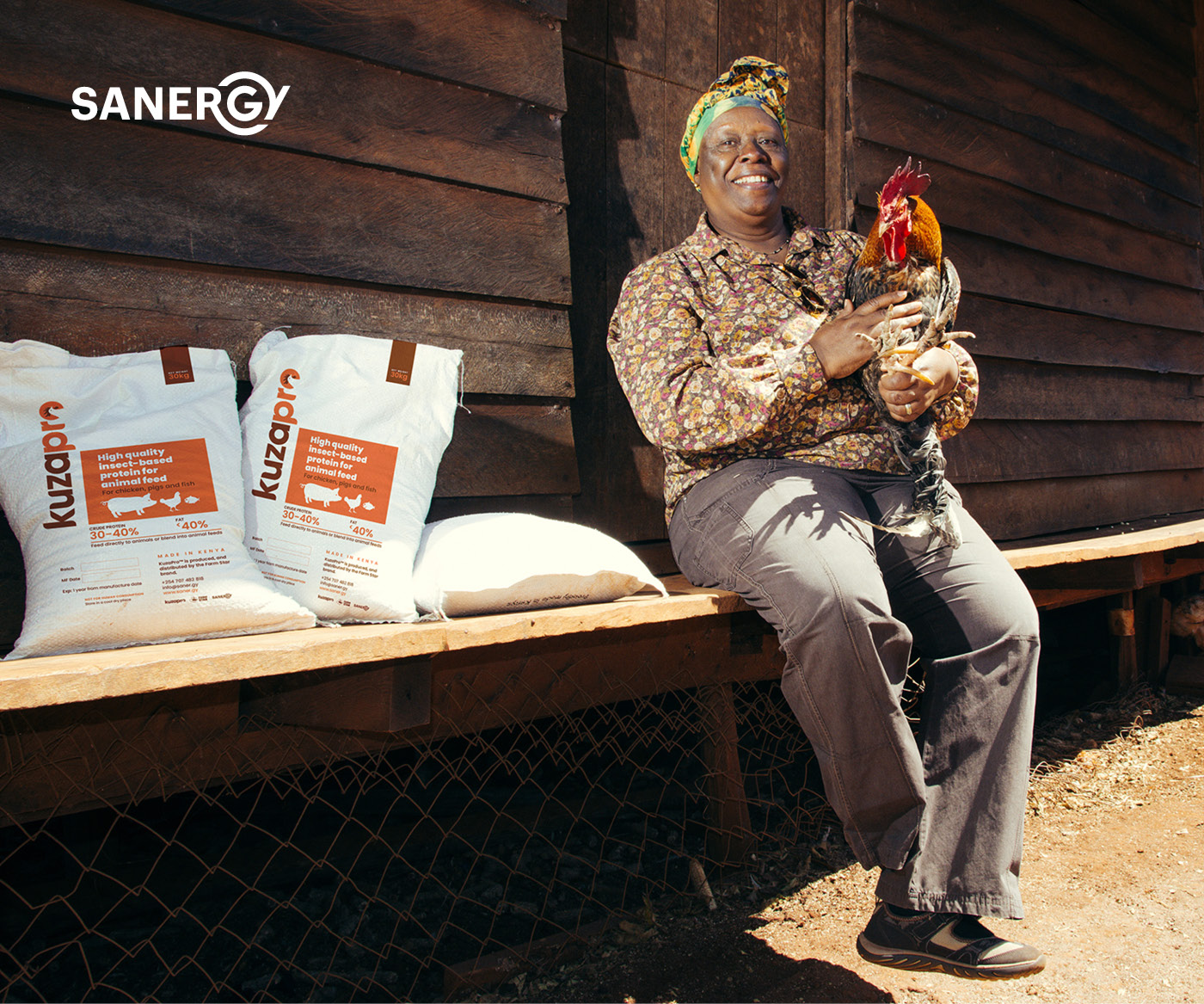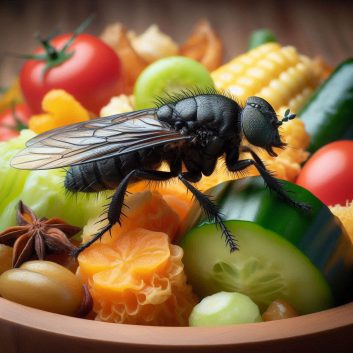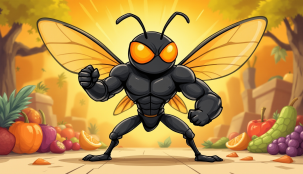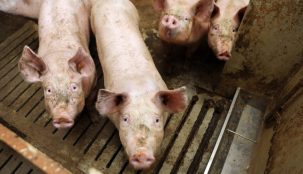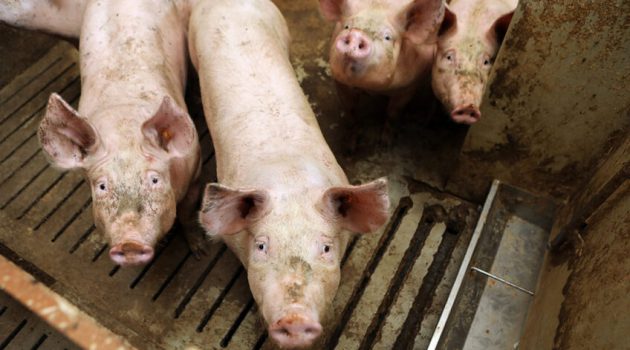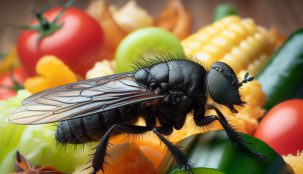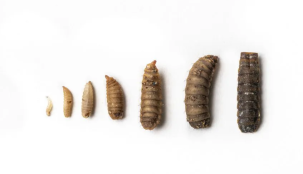The Role of Proteins and Carbohydrates in Black Soldier Fly Larval Development
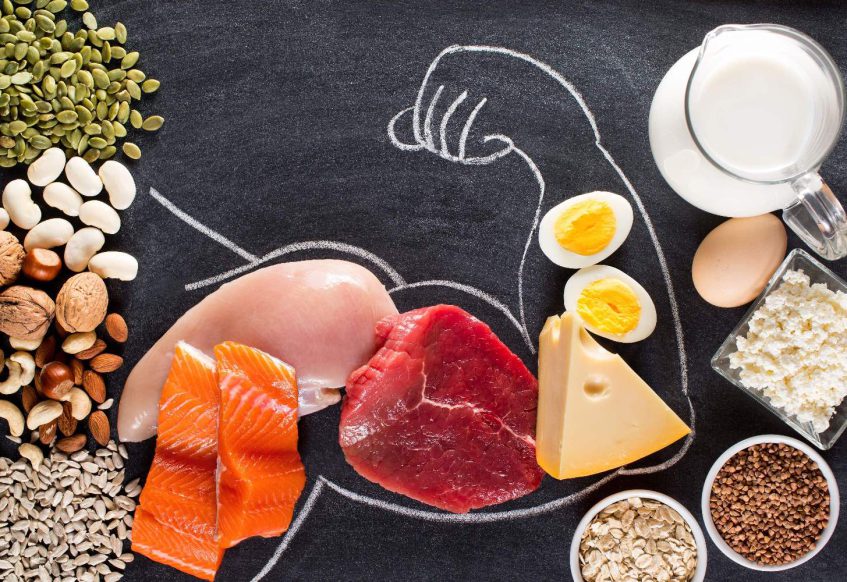
Black soldier fly (BSF) larvae are gaining attention for their impressive ability to convert organic waste into high-quality protein, offering a sustainable solution for animal feed and waste management. Understanding the role of proteins and carbohydrates in their development is essential to maximize their growth and efficiency.
The Importance of Protein
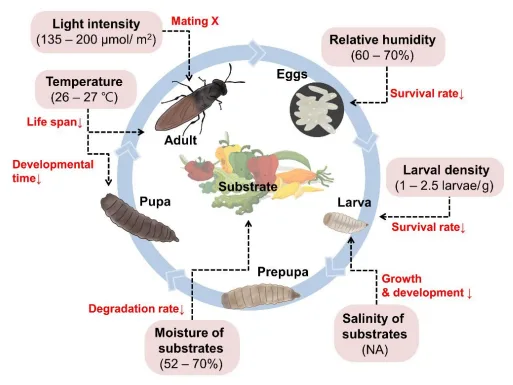
Essential for Growth:
Protein is a vital component of the BSF larval diet, providing amino acids that are crucial for their development. These amino acids function as building blocks for body tissues and play a key role in metabolic processes.
Rapid Growth Rates:
BSF larvae are known for their remarkable growth speed. Adequate protein intake ensures swift larval development, making them an efficient tool for waste bioconversion.
High-Quality Biomass:
The high protein content in BSF larvae makes them a valuable resource for animal feed and even potential human consumption. Their nutritional profile is rich and sustainable.
Nutrient Recycling:
BSF larvae excel at upcycling organic waste, including agricultural residues and food scraps that are unsuitable for human or livestock consumption. They transform these waste streams into protein-rich biomass, contributing to a circular economy.
The Role of Carbohydrates
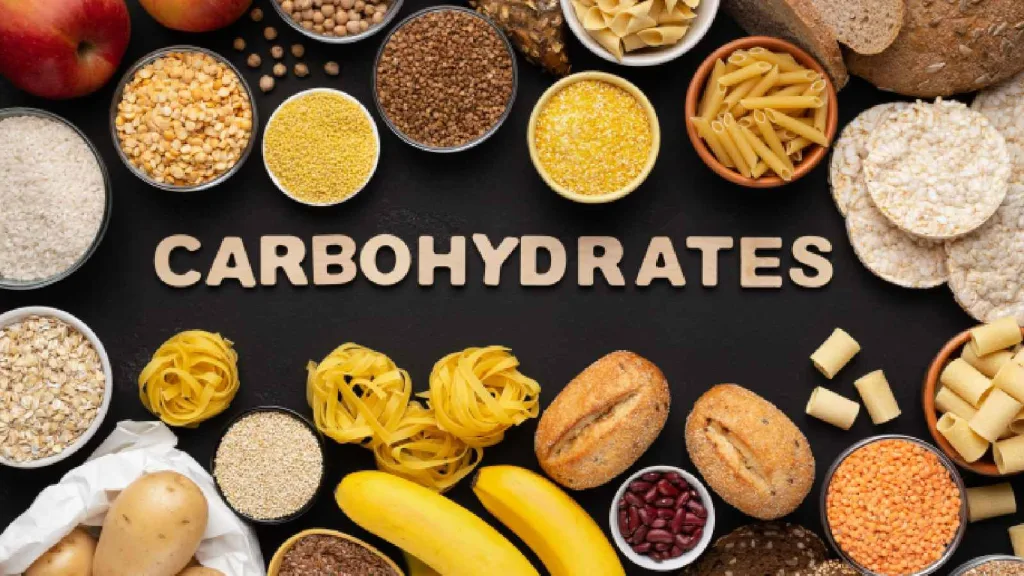
Energy Source:
Carbohydrates provide the energy required for larval activities such as movement, digestion, and metabolism. They serve as the primary calorie source.
Balancing the Diet:
While protein is essential for growth, maintaining an appropriate balance between protein and carbohydrates is necessary to optimize the larvae’s nutritional profile. A balanced diet ensures that protein used for growth rather than energy production, minimizing waste and reducing ammonia emissions.
Waste Utilization:
BSF larvae can break down complex carbohydrates found in organic waste materials, such as cellulose and lignin, converting these substrates into biomass.
Chitin Production:
Carbohydrates also contribute to the production of chitin, a structural component in the larvae’s exoskeleton.
Substrate Selection for BSF Larvae
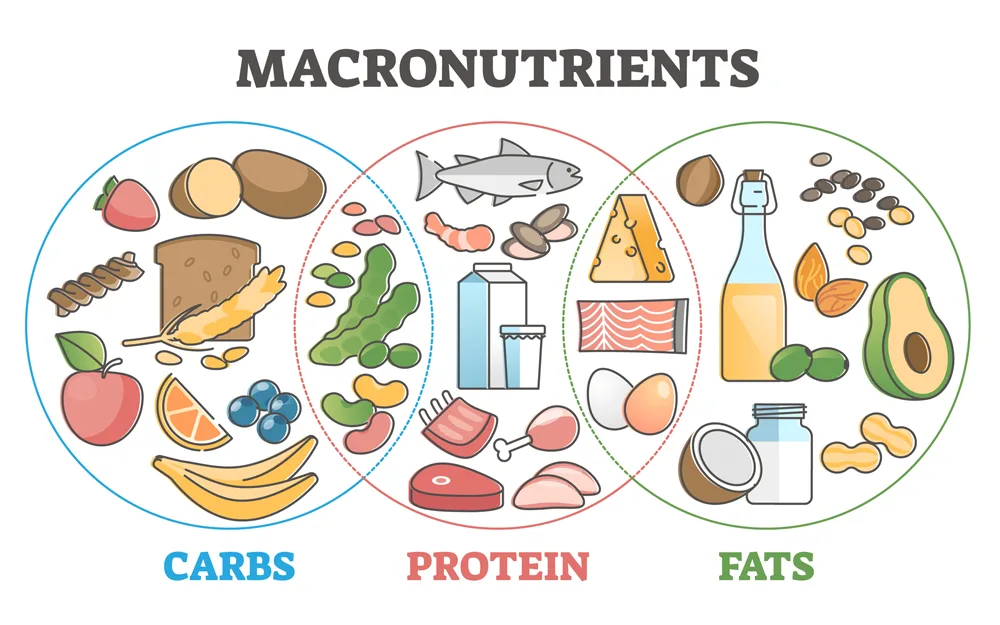
BSF larvae can digest almost any organic material, except for lignocellulosic materials such as wood chips and wheat straw. In Western Europe, common substrates for BSF larvae production include:
-
Fermentation Co-products: Wheat yeast concentrate, grain residues from bioethanol extraction.
-
Wheat Co-products: Wheat bran, wheat gluten feed, wheat starch.
-
Brewery Co-products: Brewery grains, brewer’s yeast, expired beer.
-
Bakery Co-products: Waste bread, cookie mix.
-
Potato Co-products: Potato peels, fries mix, potato starch.
-
Corn Co-products: Corn steeping water, corn cob mix, maize distiller’s dried grains with soluble (DDGS).
-
Dairy Co-products: Whey, lactose concentrate.
In the Netherlands, notable suppliers offering substrates for BSF larvae include:
Selecting the right substrate mix allows for better management of larval nutrition and can optimize production outcomes for specific applications.
The Importance of Dry Matter Content
Dry matter (DM) content, representing the proportion of solid material in the substrate excluding water, is crucial for BSF larvae development.
Nutritional Accuracy:
DM content helps determine the true nutritional value of the larvae.
Water Activity Control:
High water activity can promote the growth of harmful microorganisms like mold, bacteria, and viruses. Monitoring DM content helps maintain a healthy environment for the larvae.
Survival Rates:
Substrates with low DM content (<27%) often result in free water accumulation, leading to larval drowning or escape. Maintaining optimal DM levels is essential for larval survivability.
Moisture Optimization:
As substrates age, they tend to lose moisture, creating challenges for continuous larval feeding. Adding water during later rearing stages or gradually adjusting the DM content can ensure consistent feeding conditions.
Balancing Substrates:
In cases where substrates are too wet (<25% DM), mixing with dry materials like wheat bran is a practical solution. However, it is worth noting that wheat bran has low digestibility and may contribute to higher ammonia emissions.
For more information about:
- Insect Bioconversion of Waste, please contact us at the Insect school. https://www.insectschool.com/
- Turnkey Insect Farms – https://www.insectengineers.com/bsfturnkey/production
- If you would like to book BSF industry keynote speaker Bob Holtermans for your event – https://www.insectengineers.com/about-us/speaker-bobholtermans
